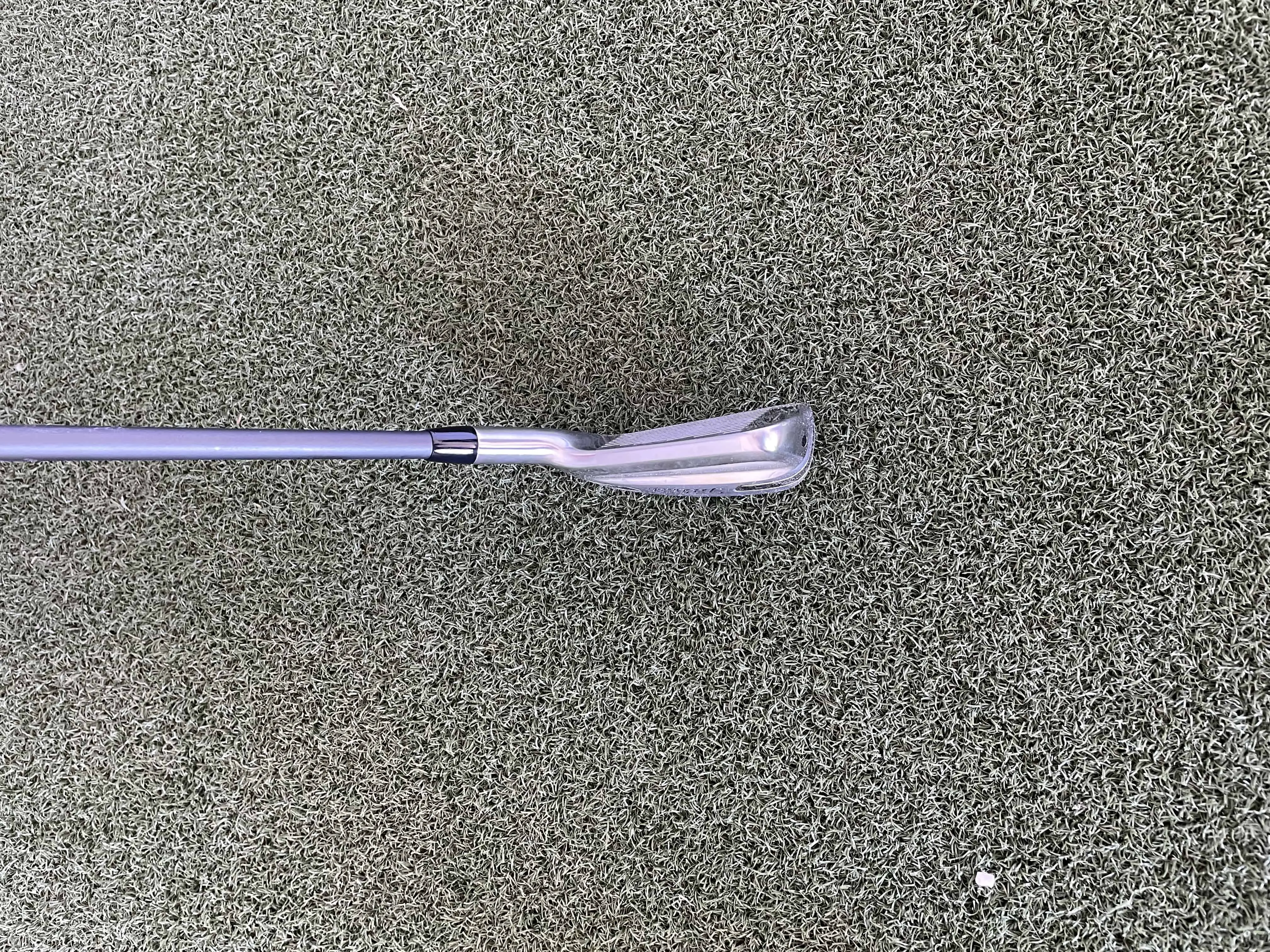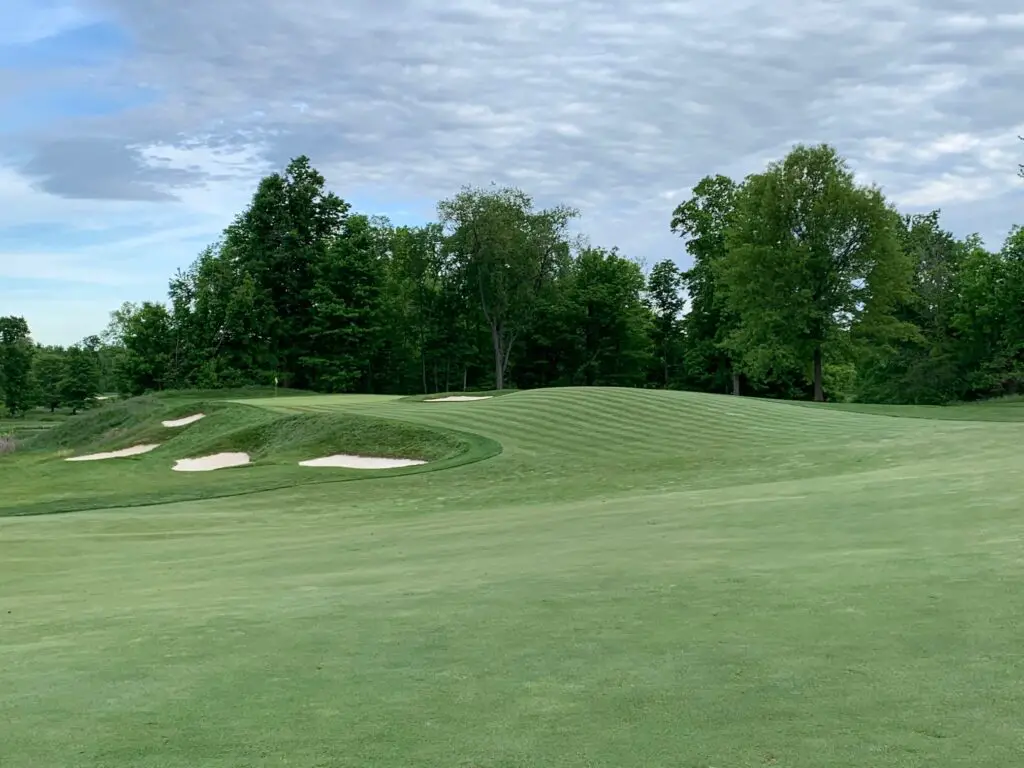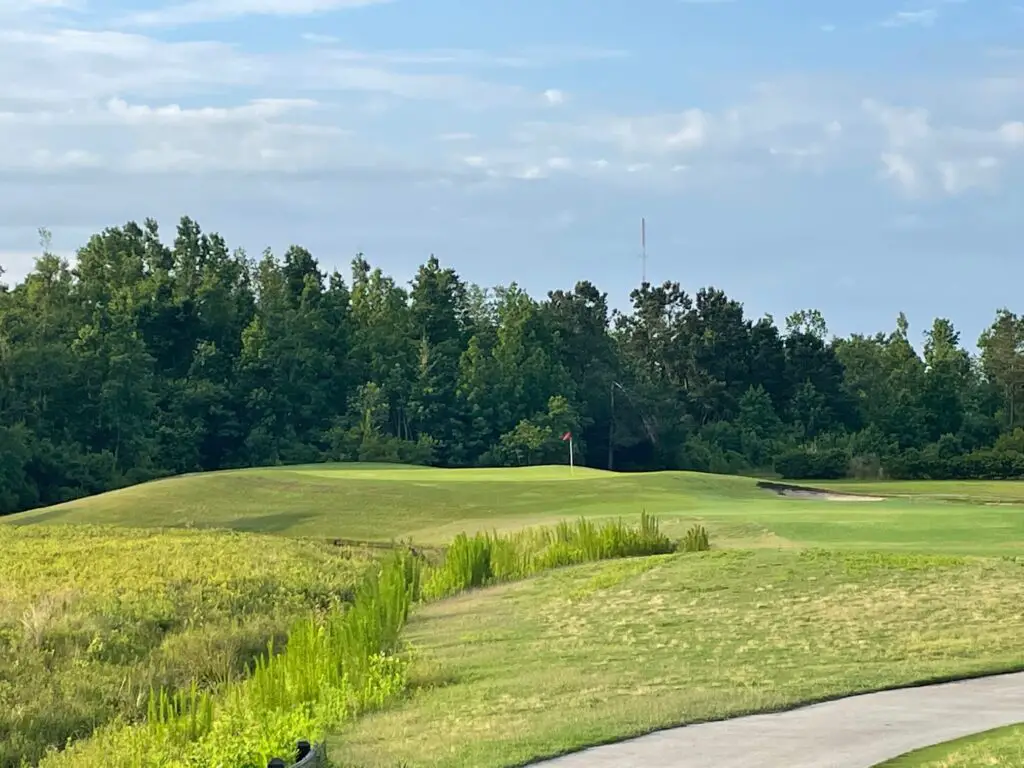Golf is a game of inches and degrees.
The club face alignment is arguably the most important element of the golf swing. Ultimately, the ball is going to start in the direction the club face is pointing at impact and curve relative to the swing path.
Controlling the club face is vital to the overall success and consistency in the golf swing. While there are many different grips, swing styles, postures, and angles of attack in the golf swing, the key comes down to the club face at impact and the swing path.
The golf swing starts with a quality address position. While there is no one perfect address position at golf, the best golfers have consistency in their setup and their address. Over the years, we have seen Lee Trevino aim left and hit a push draw and someone like Sam Snead or Arnold Palmer aim right and hit a pull draw.
There are a variety of examples of golfers that aim many different directions and the club face might be slightly open or closed at address.
The game of golf comes down to reading your ball flight and understanding what is taking place relative to the club face and swing path at impact. This leads the golfer to make adjustments possibly in the setup or address positions to create a cause an effect with the aim of the club face.
Closed Club Face At Address in Golf
The closed club face at address in golf could lead to a pulled or over drawn golf shot that ends up left of the hole. The golfer should strive to have a consistent address position and read their ball flight and make adjustments as needed.

Quick Overview: Ball Flight Laws
There are many misconceptions when it comes to the clubface in golf. Until the ball flight laws were actually understood by the masses, many golf instructors thought that the swing path impacts the initial direction of the golf shot and the club face controls the spin. When in reality the following is generally true:
- The ball will start in the relative direction of the clubface at impact.
- The ball will then curve away from the swing path.
Example #1: If the clubface is 2 degrees open with a swing path that is 4 degrees to the right, the shot will be a slight push draw. The shot will start right of the target line and curve back towards the target.
Example #2: If the clubface is 4 degrees open with a swing path that is 1 degree left, the ball will start right and fade right, resulting in a shot that ends up right of the target line.
Example #3: If the clubface is 7 degrees open with a swing path that is 7 degrees right, the ball will start right and fly straight, resulting in a major block or push to the right that will be well off line.
The address position will influence the impact position. If you start with a closed club face at address chances are it will remain closed at impact, causing the ball to start to the left of the target line.
The basic understanding of the ball flight laws will help us better understand the pros and cons of an open clubface. Many of the best golfers in the world have played golf with an open clubface and have hit controlled draws or push fades for most of their careers. While others might start with a closed club face and hit a draw or a fade.
Cause and Effect #1: Closed Club Face At Address in Golf
One potential cause and effect of a closed clubface at address in golf is the shot that will start left. As we saw above, the golfer that has a closed impact position will generally have a golf ball that starts left of the target line.
This is potentially fine if your path is slightly further left and you can hit a slight pull fade all day. There have been some great golf played with a slight pull fade as it can be a powerful and consistent swing pattern and ball flight.
Cause and Effect #2: Closed Club Face At Address in Golf
Another possibility with a closed face at address is that the golfer makes certain compensations in the downswing. If the golfer visually sees a closed club face at address they may manipulate their hands or move their hips forward in an attempt to square up the club face or even have it in an open position at impact.
This will demand quality timing and some manipulation, but it could help the golfer who is fighting too open of a club face at impact.
Cause and Effect #3: Closed Club Face At Address in Golf
Many golfers strive to hit a draw. They see a low single digit golfer hit a beautiful push draw and spend months or year trying to hit that same shot. The problem with a closed club face at address or impact is that if the club face is closed at impact, the ball is going to start left. As a result, hitting a push draw is near impossible.
It would take significant manipulation of the hands and body to get a club face and a swing path that is both to the right and open enough to hit a push draw. While not impossible, it just makes playing golf more complicated.

How To See Where Your Club Face is Aimed At Address
The best way that I have found is to use your smartphone and capture video from the side view. Ask a friend or use a stand to setup your phone 5-10 feet to the side. Take your time at address and attempt to aim your clubface at the target. Hold that position for at least 3-5 seconds and then swing. After the swing, check your setup position and aim via the video that was captured. You can often get a quality view of where your club face is aimed.
Nest Steps: Train Your Control of the Club Face
The hands are a wonderful asset to any golf swing. Training your hands to control the club face and the direction it is facing at impact is vital to your overall success as a golfer. Learning to hit a variety of shots that start right or left and curve back towards the target will help you actually play golf on the course.
Below is an excellent drill to use to help you learn to control the club face and the swing path.
Stock Shot Drill
- At the driving range, set up an alignment stick about 6-8 yards in front of you, straight down your target line.
- If you have a second alignment stick, set the stick 3-4 feet right of the first stick (for a draw) or left of the first stick (for a fade).
- Complete your initial assessment see how many times out of 10 you can start the ball to the right or left of your target. Pick one side and measure your game at this point.
- The goal is to eventually get 7 out of 10 shots to start to the correct side and draw back towards the target.
If you start to struggle with curving the ball too much or being inconsistent with your shot shape, return to this drill and train your clubface and swing path to develop the shot that best fits your game.
Do Some Golfers Intentionally Open or Close Their Club Face At Address?
Yes, golfers will use this slight manipulation at address to help them achieve a specific position at impact. Ultimately, the golfer needs to control the club face position at impact and the relationship between the club face and swing path should be aligned.
While the open position at address is more common among the better golfers, simple adjustments might help a golfer during a round to get into the club house and figure out what other adjustments might be needed.
We believe there are three keys to the golf swing:
- The golfers ability to control the low point (quality of strike)
- The golfers ability to control the start line and curve of the ball (consistent stock shot)
- The golfers ability to have enough speed to play the course (distance)
How to Increase Driver Swing Speed (3 Keys)
The ability to control the clubface will impact the 2nd item above. The more a golfer can practice the stock shot drill, the better they will be able to hit certain shots on the golf course with confidence.

Final Thoughts
I would highly recommend using a golf launch monitor to help measure your clubface and your swing path. I purchased a Skytrak Launch Monitor several years ago and the feedback is rather impressive. After every shot, you can receive the following:
- Carry and Total Distance
- Spin Axis
- Spin Rate
- Swing Path
- Launch Angle
- Ball Speed
- Club Speed
In addition, the shot tracer is rather helpful in getting feedback. If you understand the ball flight laws, the shot tracer gives you the immediate feedback about where your clubface was at impact as well as your swing path based on the curve of the ball.
Check Current Price of Skytrak Launch Monitor, Here!
Related Posts
My Secret To Golf Improvement
Let’s face it, in order to get really good at golf, we must practice frequently. About four years ago, I made the leap and invested in a golf simulator build for my garage. I went with a SkyTrak Launch Monitor and the TGC software and can now play over 100,000 courses including Augusta, Pebble Beach, Bethpage Black, Whistling Straits. St. Andrews and many other of the top 100 courses in the world.
This golf simulator setup, which is more affordable that you might imagine, has been a game changer. I can now play golf everyday of the year regardless of rain, snow, cold weather or time of day. I can practice or play rounds of golf. I can stand in the 11th fairway at Augusta and with the auto-rewind feature I am able to practice my approach shots from various differences.
It is worth checking out through Rain or Shine Golf as they offer some incredible packages along with financing offers that are difficult to beat.
Some direct links to Rain or Shine Golf for pricing and financing:
Take Action – What You Can Do Today to Get Better
What does this mean for you? I believe in the following recipe to get better:
1 – Improve your motion in the golf swing by identifying a golf instructor. Here are some options:
Here is a list of golf instructors that we have reviewed:
2 – Train to swing faster and improve your swing speed. Here are some options:
Looking to gain more Speed and Distance in your swing. Two Options:
3 – Understand course strategy and work to break through your next barrier. Here is a series on breaking through:
We have provided guides on how to break 100, 90, 80 and 70. Check out more below, if interested.
4 – Practice Frequently
Did you know that I build a golf simulator in my garage and have played over 500 rounds of golf on my SkyTrak system? It has been a game changer and one worth checking out. Here are some of my other posts on golf simulators frequently asked questions:
- Is a Golf Simulator Worth It?
- How to Build a Golf Simulator?
- What is the Best Golf Simulator?
- Golf Simulator Accessories?
- How to Build a Golf Simulator for under $7000
- Top 11 Reasons to Buy a SkyTrak
- How to Build a Golf Simulator for Under $1000
- Why Build A Golf Simulator?
- What Space is Needed?
- Can A Golf Simulator Improve My Game?
- How Much Does A Golf Simulator Cost?
- Don’t Forget to Check out our 15 best golf swings of all time.

